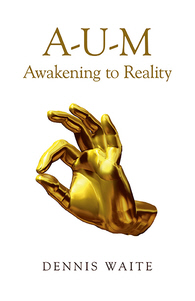[Part – 11/12]
NDM: R.D. Laing said “True sanity entails in one way or another the dissolution of the normal ego, that false self competently adjusted to our alienated social reality… and through this death a rebirth and the eventual re-establishment of a new kind of ego-functioning, the ego now being the servant of the divine, no longer its betrayer.”
In the west, when this happens it is referred to as when an ego collapses, fragments, or disintegrates and when the shadow and archetypal contents flood in from the personal and collective unconscious causing psychosis, or a psychotic break from reality.
In the east, its considered Self-realization or God-realization, seeing the face of God, Shiva and so on?
How do you make the distinction between a psychotic break like this here and a satori or awakening experience?
Ramesam Vemuri: Any of the psychological phenomena, hallucinations, lack of control, inability to filter diverse and dissonant signals coming to the brain (schizophrenia) are all related to the activity of the mind. So also visions etc. These have a clear signature in the brain. Orgasmic or epiphany states are also clearly seen in the activity of different cortical regions (see: Pleasure of Sex vs. Bliss of Self in Brain Scans, Religion Demystified, 2008, p: 86-88).
In contrast, Advaita is about when the activity of the mind is zeroed. Continue reading →

